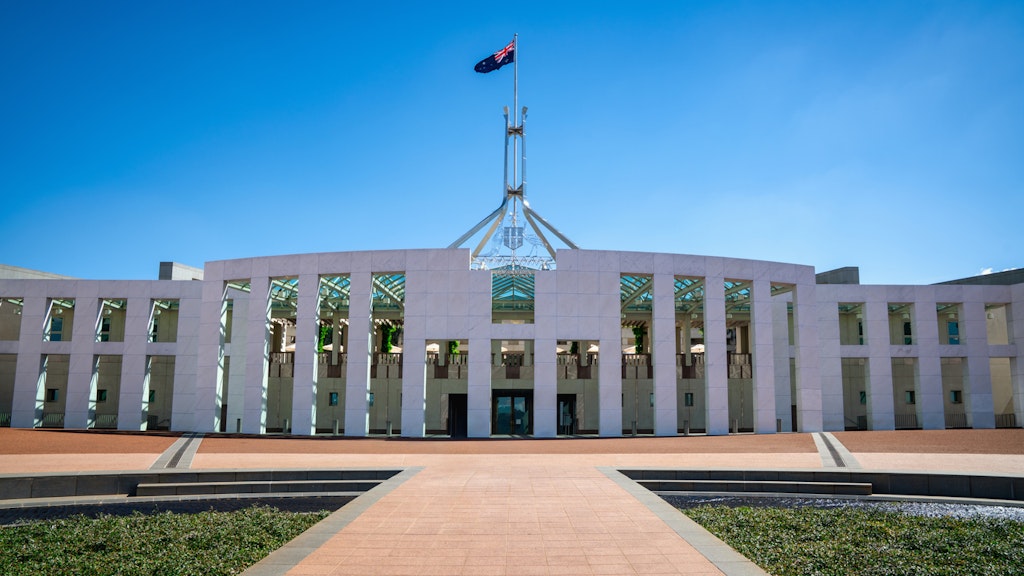Government’s aged care funding boost welcomed, but gaps remain
Published on 14 September 2025

The Albanese Government has announced major increases to aged care funding, with new rates taking effect from later this month. The changes have been welcomed by providers and economists, though many warn they will not fully close the gap between funding and the real cost of care.
From 1 October 2025, daily funding under the Australian National Aged Care Classification (AN-ACC) will rise to $295.64 per resident, up from $282.44. The new rate reflects advice from the Independent Health and Aged Care Pricing Authority and incorporates recent wage increases and inflationary pressures. On 20 September, the hotelling supplement that covers food, cleaning and laundry will increase by 42 per cent, from $15.60 to $22.15 per day. Minimum care minutes will also be adjusted to align with the higher funding.
Minister for Aged Care and Seniors Sam Rae said the uplift will help secure a stronger sector.
“The Albanese Labor Government is securing a more sustainable aged care sector to deliver the world-class care older Australians deserve,” he said.
“This announcement means more funding for aged care homes, supporting higher wages for workers and better care for our loved ones.”
Rae added the funding will also ease hospital pressures by driving investment in new beds.
The AN-ACC Transition Fund will be extended for 12 months, providing targeted grants to smaller and regional providers to help maintain services in areas where costs are higher and workforce shortages more acute.
Providers and peaks such as Ageing Australia welcomed the increases, noting they follow independent advice. But many warned the uplift still leaves hotelling services underfunded by around $8 per bed day, according to aged care finance consultants StewartBrown. Late confirmation of the new rates has also caused frustration, with providers given just weeks to re-set budgets and staffing rosters.
Economists argue the higher AN-ACC rate is a necessary step to keep pace with real costs, particularly after the 15 per cent award wage rise earlier this year. But they caution the funding may only bring many facilities closer to break-even rather than enabling significant investment in quality improvements or new capacity.
While the sector has broadly welcomed the changes, the consensus is that aged care funding will require continued attention and regular increases to achieve the sustainable, high-quality system envisioned by the Royal Commission.